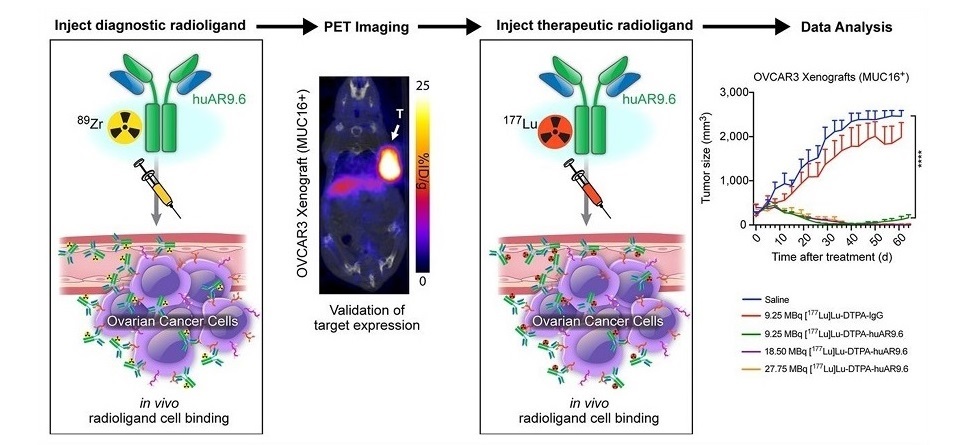Preoperative PET Reduces Redundant Lung Surgeries
By MedImaging International staff writers
Posted on 08 Apr 2014
A new study concludes that preoperative positron emission tomography (PET) imaging can reduce by half superfluous lung surgeries.Posted on 08 Apr 2014
Researchers at the veterans association (VA) Puget Sound Health Care System (Seattle, WA, USA) and the University of Washington (Seattle, USA) conducted a study that reviewed 2,977 US veterans with newly diagnosed non-small lung cancer to examine the real-world effectiveness of PET in avoiding unnecessary surgery. A subgroup of 976 patients who underwent resection was assessed for several outcomes, including pathologic evidence of mediastinal lymph node involvement, distant metastasis, and 12-month mortality.
The results showed that during surgery or within 12 months of surgery, 30.3% of the patients were found to have advanced-stage metastatic disease, indicating an unnecessary surgery. The researchers clarified that while in conventional multivariate analyses, PET use was not associated with a decrease in unnecessary surgery, and a reduction was identified in the instrumental variable analyses, which attempted to account for potentially unobserved confounders. The researcher added that the use of PET increased dramatically during the study period (1997-2009) from 9% to 91%. The study was published in the March 2014 issue of the Journal of Nuclear Medicine.
“It has become standard of care for lung cancer patients to receive preoperative PET imaging,” said lead author Steven Zeliadt, PhD. “The prevailing evidence reinforces the general understanding within the medical community that PET is very useful for identifying occult metastasis and that it helps get the right people to surgery, while avoiding unnecessary surgeries for those who would not benefit.”
PET is a nuclear medicine imaging technique that produces a three-dimensional (3D) image of functional processes in the body. The system detects pairs of gamma rays emitted indirectly by a positron-emitting radionuclide tracer, which is introduced into the body on a biologically active molecule; tracer concentrations within the body are then constructed in 3D by computer analysis. In modern PET-CT scanners, 3D imaging is often accomplished with the aid of a CT X-ray scan on the patient during the same session, in the same machine.
Related Links:
VA Puget Sound Health Care System
University of Washington














